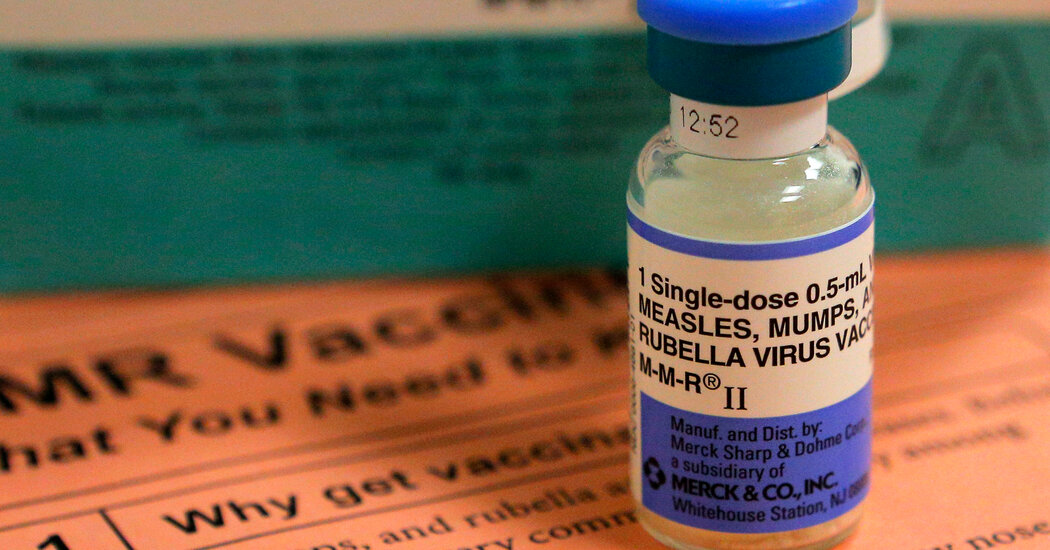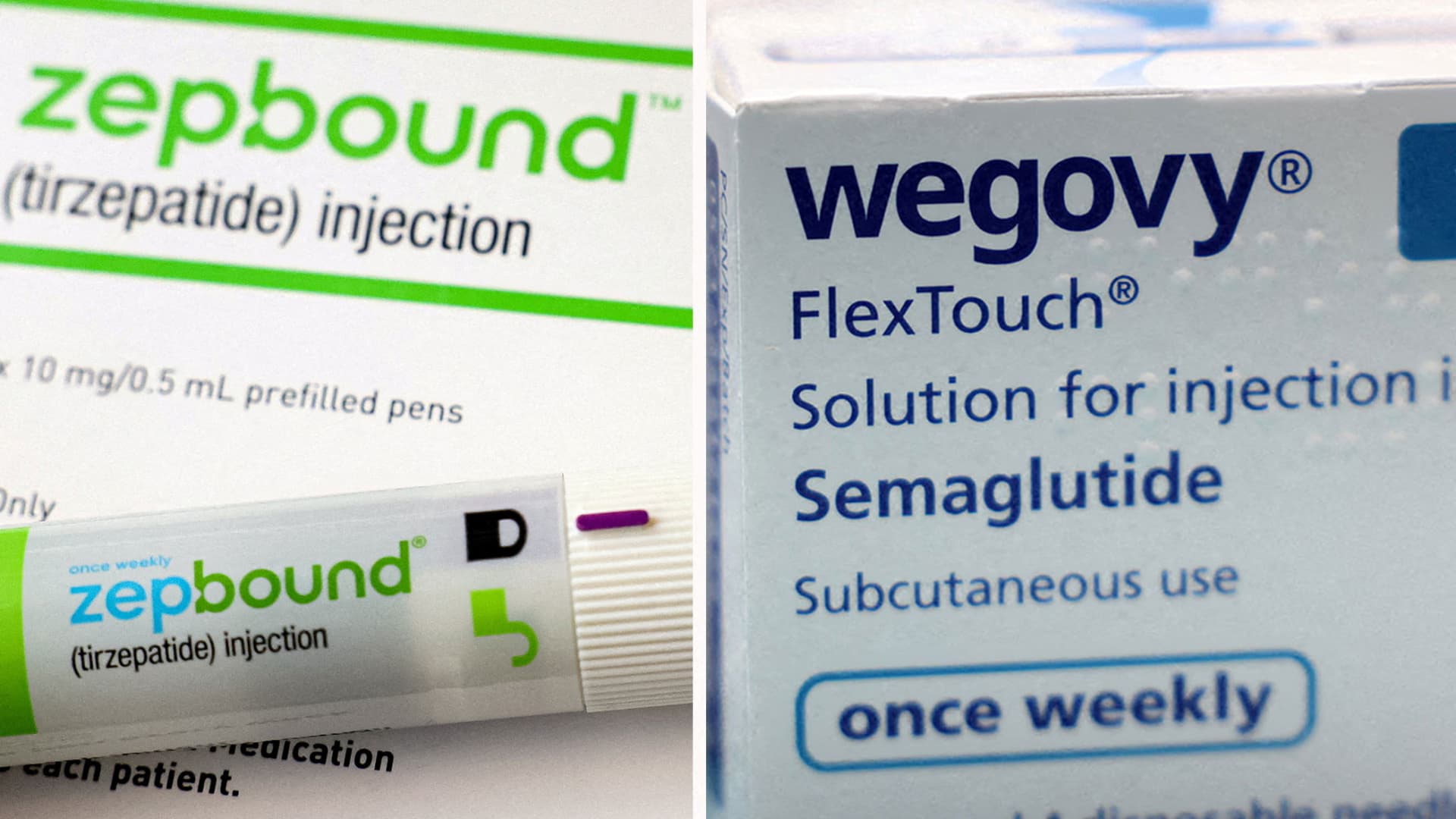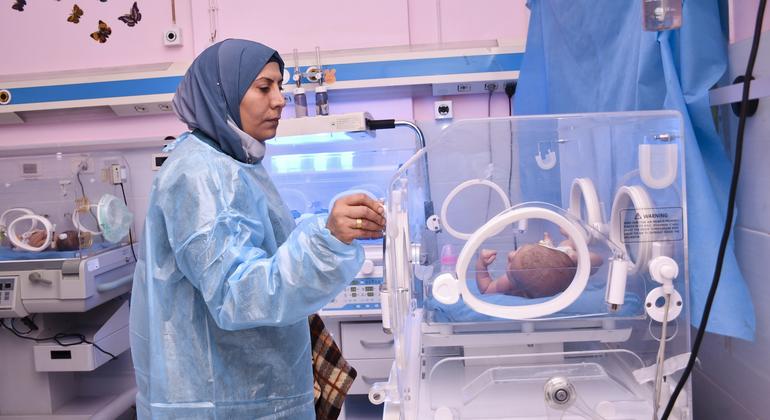Eternalcreative | Istock | Getty images
Miraculous drugs, obesity treatments and skinny blows. They call them what they want, few drugs have had a more transformative effect on Wall Street and the waists in the last decades than LPG-1.
Known familiarly under brands, agonists of the peptide-1 (LPG-1) receptor with glucagon shape are a class of medications used to treat diabetes and type 2 obesity when imitating the hormones produced in the intestine to suppress a person's appetite and regulate blood sugar.
Since Wegovy received the approval of the United States to treat obesity in 2021, and Zepbound in 2023, the medications have triggered fame, which carries long -standing solutions to dozens of millions of patients and overequies the growth of the respective matrices companies Novo Nordisk and Eli Lilly.
Obesity is a significant risk factor in many of the main causes of death. As new applications, and competitors, for drugs they come to light, Wall Street is betting on the flourishing industry, with estimates that suggest that it could be worth more than $ 100 billion by 2030.
Sophie Dix, director of Medical Affairs of Medexpress, said that the possible drug applications were “unexpected and promising”, with new indications for psoriasis, asthma, chronic renal disease, fatty liver disease, the obstructive sleep apnea, the disease of the policy ovary (pcos), the obesity of the cazes, scope and the park.
Experts say that the wide range of applications could open potentially radical implications for both health and economy results.
DESIGNATION OF ECONOMIC GROWTH
The current cost of medicines is considerable, with the prices of the United States list for a month of supply of Lily's Zepbound or Wogovy of Novo, ranging from $ 1,079.77 to $ 1,349.02. The estimates of the Jama Health Forum suggest that the Coverage of Medicare of the USA.
But anticipated economic and health results are also significant. The poor health of diseases related to obesity and obesity weighs significantly in health systems and general productivity, even through lost hours, early death and informal care.
Goldle Fair non -profit health.
“Bad health imposes significant economic costs that would decrease if health results improve,” Goldman Sachs analysts wrote in the report. “Academic studies find that obese people are less likely to work … and less productive when they do.”
Meanwhile, in Denmark, the market capitalization of the WOGOVY NOVO NORDISK manufacturer eclipsed the complete GDP of its nation in 2024, and the great and growing pharmaceutical industry of weight loss of the country continues to have a large contribution to the economy.
As such, the perceived GLP-1S potential, both in obesity and in the treatment of diabetes, as well as in other health conditions, is generated by a new era of drug innovation, and Dix describes the possible impact and “deep” both for the development of future drugs and for the new job creation.
Pharmaceutical giants that include Astrazeneca, Pfizer, Roche And Zealand Pharma is already developing competition's obesity treatments, while many more are expanding to the investigation of metabolic and cardiomethabolic diseases, and obesity development as an entry point.
“It is also important to keep in mind that the first class is rarely the best in the class. Monitoring medications can be more powerful, more selective and with side effects solved or controlled with combined therapies. As a result, anticipation that there are improvements in efficacy, tolerability (less side effects) and convenience,” said Dix.
Changing eating habits
The broad adoption of weight loss medications is also seen with important effects on consumer spending patterns, particularly given the greatest propensity for discretionary expenditure among many richer and self -financed users.
“These consumers who are more likely to take drugs are also responsible for a lot of consumption,” said Aljoscha Janssen, an assistant professor at the Singapore University of Management, through video calls.
As expected, the most visible impact of that today is in the food and beverage industry. A study by the University of Cornell of 2024 found that households with at least one LPG-1 user reduced their grocery spending by 5.3% within six months after adoption, with that rate that increases to 8.2% among higher income households.
Penpak ngamsathain | Moment | Getty images
Those who remained in drugs for six to 12 months continued to reduce their expense, although at less dramatic rates, according to the findings updated from August 2025. Meanwhile, those who suspended the medication returned to the expenditure levels prior to adoption, and, in some cases, they rose above them.
The processed snacks, such as fried potatoes, cookies and bakery items, saw the greatest cuts in spending, although the reductions were also observed in many basic categories. Only modest increases in healthier articles, such as yogurt and fresh fruit were recorded.
“The employer is less about changing 'better' foods and more than simply buying less food,” said Jura Liaukonyte, marketing economy professor and applied at Cornell University and one of the authors of the report, to CNBC by email.

Eli Lilly and Novo Nordisk
That could have significant implications for companies of rapid movement consumer goods (FMCG), as well as food producers more broadly. In fact, some companies such as Be protected and Danone I have already begun to launch new lines for diversity of its product base and attend the changing trends. These include high protein meals, smaller portions sizes and food aimed at encouraging muscle retention.
“Manufacturers and retailers have very specific customers who buy very specific products,” Janssen said. In general, this is good for building loyalty to the brand, he said. “But when you have something that is changing the behavior of consumers, as could make a medicine to lose weight, this becomes quite risky.”
Alcohol, clothing, restaurants and trips
The impact of drugs could also pass food. LPG-1 control the appetite by directing the brain reward, and specifically the release of dopamine to the brain part linked to motivation, pleasure and reward. As such, the first studies suggest applications for the drug in the treatment of addictions.
“This modulation of the brain rewards system extends beyond food, with early evidence that suggests benefits to reduce the misuse of alcohol, drug dependence and even the game,” said Dix.
That has raised concerns for recreational stimulants producers such as alcohol and tobacco. Cornell's study, meanwhile, did not indicate any “significant” change in alcohol purchases among LPG-1 users, reflecting another literature that points to a possible reduction in the intensity of alcohol consumption episodes instead of the frequency.
Giant of the spirits and Johnnie Walker-Maker Diageo Said earlier this month that he was “closely monitoring” to the LPG-1, but indicated that the impact so far “has not been significant.”
Sorrak Jar Tinyo | Moment | Getty images
In other places, ramifications for other sectors seem wide. Analysts have raised changes in retail spending, including higher active clothing sales to reduce large demand demand, and fuel savers for airlines of lighter passenger loads. Gyms and personal trainers could also see an increase in demand, while vacation resorts capitalize new opportunities to serve more active and health -oriented visitors.
More immediately, restaurants, from fast food chains to exclusive restaurants, a new consumption panorama and potentially lower future demand are being considered.
“In the short term, yes, these drugs reduce spending on fast food and fast -service restaurants. At the national level, this already translates into billions of dollars in reduced sales,” Liaukonyte said.
“But the long -term image is much less safe. The final impact will depend largely on whether people remain consistently and for how long, and we simply do not know yet.”
A two -level society
Despite all the possible economic results of LPG-1, the questions remain on the social implications of a medicine with such a visible physical marker.
Although treatment has been rapidly implemented in just a short number of years, accessibility remains limited even in developed countries, with many national health systems that restrict covered access to patients with extreme obesity and associated health conditions. Meanwhile, Take Up has increased among paid customers who are willing, and capable, to personally disburse for drugs.
“We know that there are great social determinants of health and that obesity is greater in areas of lower income,” said Dix, who praised the adoption of drug public health agencies, but regretted its often “unfortunately slow.”
“This creates the risk of a two -level society in which only those who can pay it can access these medications that change their lives.”
Drug manufacturers have already gone somehow to reduce prices, with that trend that will continue in the midst of policy changes, including the drug prices of the United States of President Donald Trump and greater market competition. Even so, with the prolonged use of drugs that weigh on strings of public and personal stock markets, analysts warn that political leaders must take into account exacerbant socio -economic divisions.
“If rich people obtain a pharmaceutical that makes them thin, then the inequality already evident in terms of weight, which is already highly correlated with income and education, intensifies even more,” said Janssen.
“That is something that would surely have a negative impact on the broadest society,” he added.












